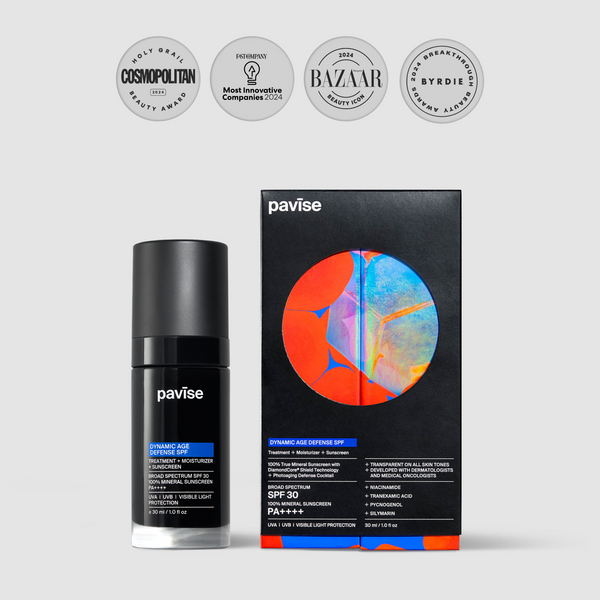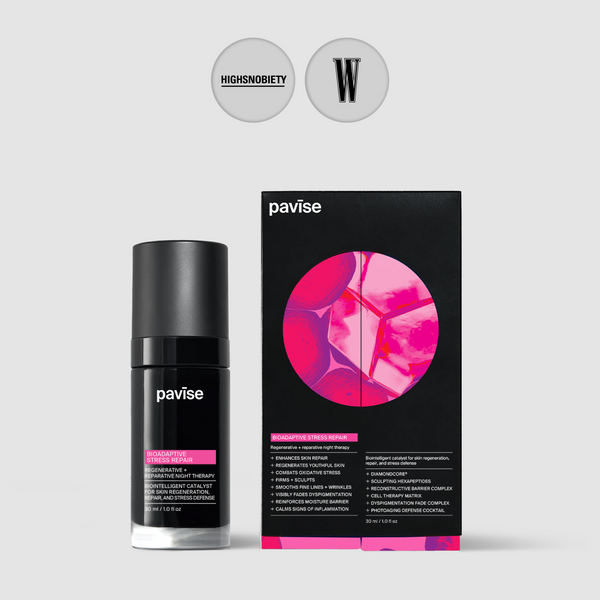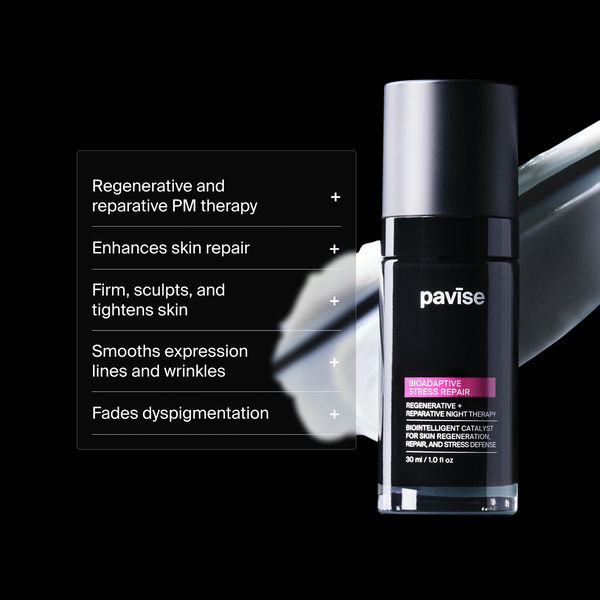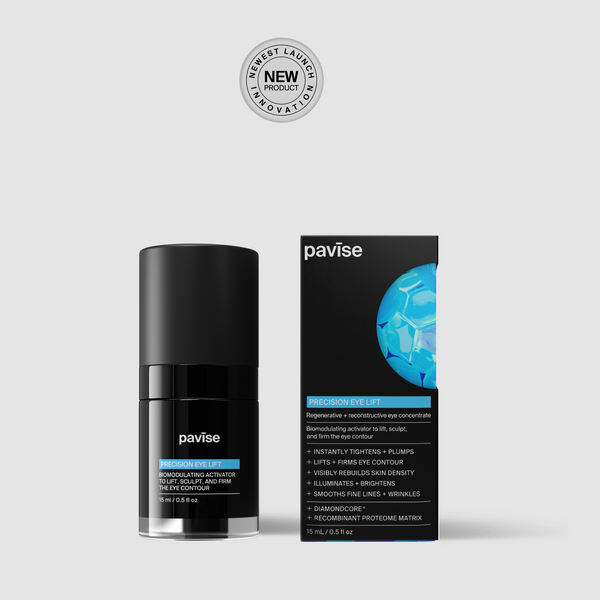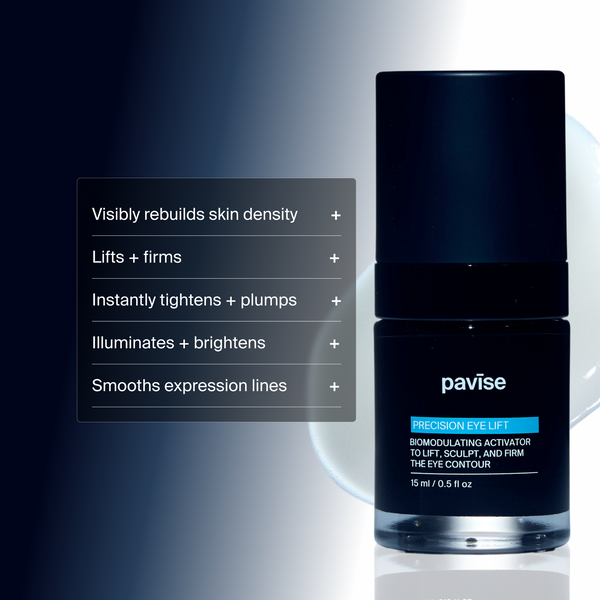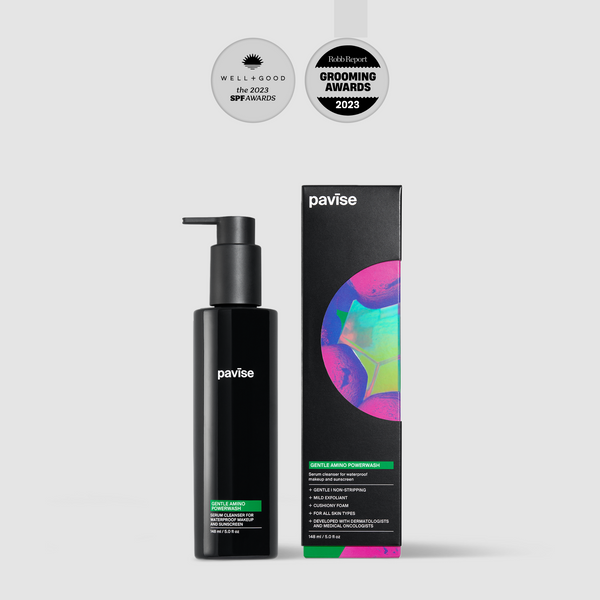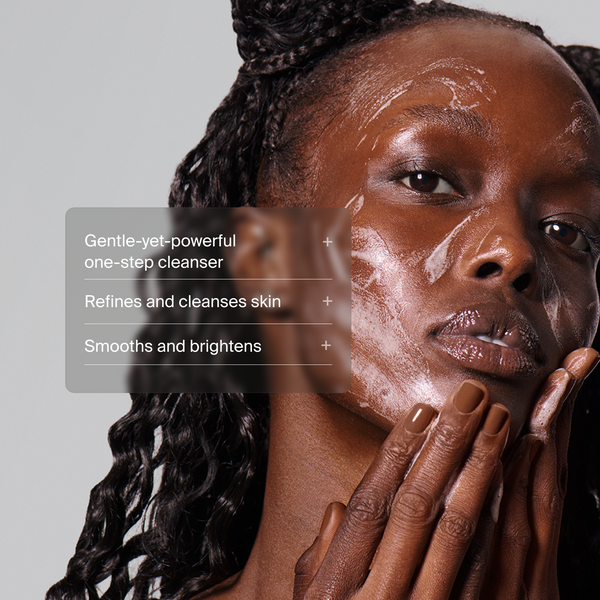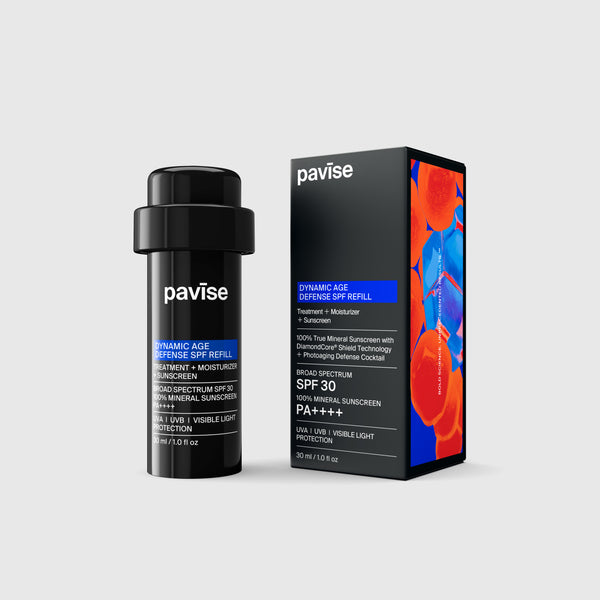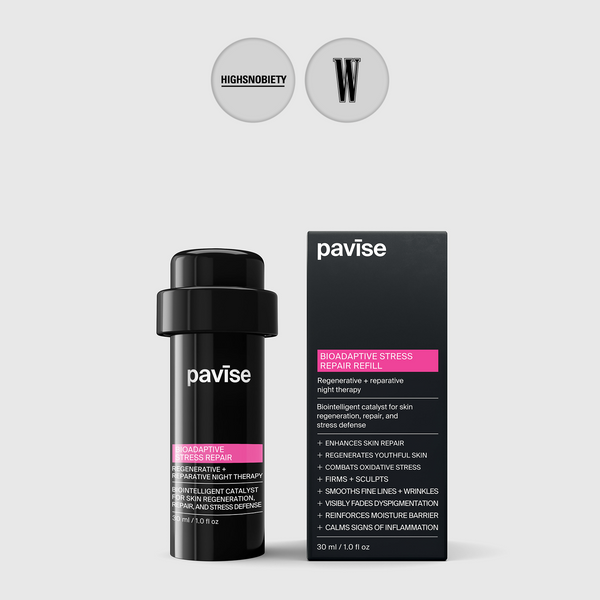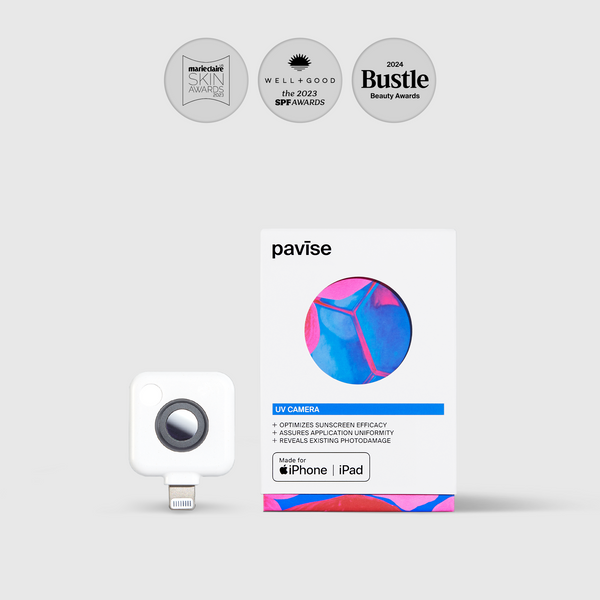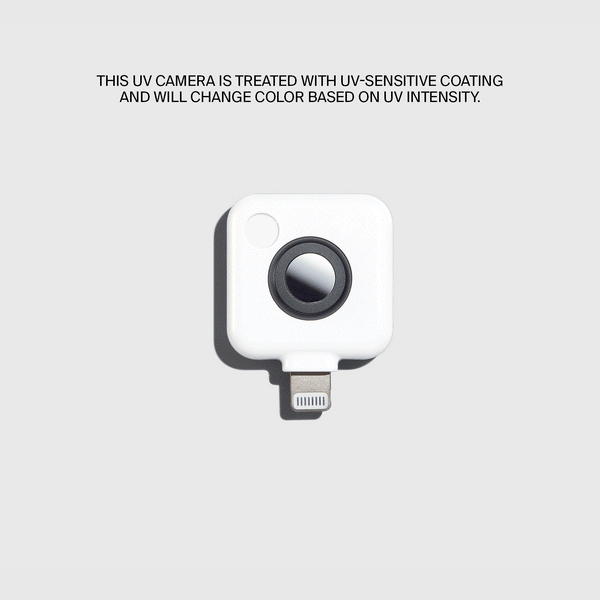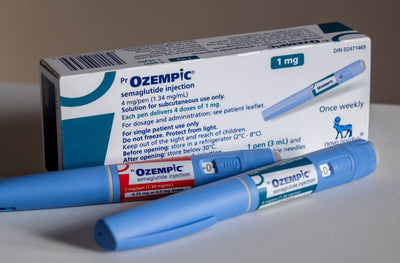YOUR DRY SKIN MIGHT BE CHRONIC INFLAMMATION

What you need to know
Chronic skin conditions such as psoriasis and atopic dermatitis arise when the immune system stays overactive, driving cycles of inflammation, barrier damage, and flare-ups that can be triggered by genetics, environment, or lifestyle. These conditions often present as itchy, scaly, or dry skin patches that worsen with stress, allergens, or infections.
While there is no permanent cure, modern treatments can interrupt inflammatory pathways, strengthen the skin barrier, and reduce symptoms, making long-term management and relief possible.
When we think of skin health, we often focus on the surface such as dryness, redness, or irritation that we can see and feel. But many common skin conditions go much deeper than that. Chronic inflammatory diseases like psoriasis and atopic dermatitis aren’t just about appearances; they are driven by how our immune system behaves beneath the surface. These conditions happen when the body’s defense system doesn’t switch off properly, creating ongoing cycles of inflammation and irritation.
Because genetics, environment, and lifestyle all play a role, flare-ups can be unpredictable and frustrating. Learning how these conditions work and what can be done to manage them is an important step toward healthier skin and a better quality of life.
What are chronic inflammatory diseases?
Chronic inflammatory diseases are conditions in which the body’s immune system remains in a constant state of activation, even when there is no immediate threat such as an infection or injury. Normally, inflammation is a protective response that helps the body heal and fight off harmful agents. Once the threat is gone, the immune system is supposed to return to balance. In chronic inflammatory diseases, however, this balance is disrupted. Instead of shutting off, the immune system continues to send out inflammatory signals that damage healthy tissues over time.
This prolonged state of inflammation can affect many systems in the body, including the skin, joints, and internal organs. While genetics play a key role in predisposing individuals to these conditions, environmental triggers such as stress, allergens, or infections often determine whether symptoms actually appear. Because the immune system is so deeply involved, chronic inflammatory diseases often present as cycles of flare-ups and remission, where symptoms worsen and then temporarily improve. Psoriasis and atopic dermatitis are two common examples that primarily affect the skin, but they illustrate the larger principle of how immune system dysregulation leads to ongoing inflammation and tissue damage.
Psoriasis
The exact causes of psoriasis still remain unclear, but there is an understanding of the pathways and what may trigger the disease. Individuals with psoriasis are genetically predisposed to have the disease because there are specific genes that are involved1. Despite this, individuals that have genetics for psoriasis might never show symptoms because they never experience anything that might trigger it. There are a lot of triggers that can cause psoriasis such as stress, infection, medication, etc. Whatever the stressor may be, it can lead to immune response errors that trigger the cascade of pathways that lead to the disease.
Psoriasis presents itself as scaly, thick plaques on the skin that can, in some cases, be itchy and painful1. The reason for this is the immune response error that leads to the excessive proliferation of keratinocytes, a type of skin cell1. When properly functioning, the immune system acts as the defense mechanism against viruses or damaged cells by accelerating cell proliferation and cell turnover to eliminate the damaged cells. Psoriasis is when this process is triggered where it is unnecessary, leading to too many skin cells being formed which is where the plaques on the skin arise1. When all of these skin cells begin to proliferate, they also release inflammatory proteins that further signal the immune response. This leads to a feedback cycle of inflammation triggering the immune system which produces excess amounts of skin cells1. There are a multitude of pathways involved in this disease, but no matter the pathway, they all lead back to inflammation and excessive cell proliferation that forms itchy, scaly plaques.

Atopic Dermatitis
Atopic dermatitis (AD) is similar in the sense that it is also caused by the interplay between genetics and immune system responses. AD presents itself as itchy, dry skin patches on the skin that can often be recurring as well. It is more commonly seen in young children, but it can be present in adults as well2. People with AD normally have genetic factors that leave them more susceptible to the disease, particularly in their immune response. AD appears quite similarly to allergic reactions because it recruits the same inflammatory responses3. When there is an external trigger such as pollen, dust, grass, etc., there is an immune response similar to an allergic reaction. The difference with AD is that the immune response is not regulated. Individuals with AD have a genetic mutation that causes an immune response factor to overreact and bring too many inflammatory factors called cytokines to the area of irritation3. Cytokines can interact with the nerves in our skin, which causes the itchiness associated with AD. When there is itchiness, our natural instinct is to scratch our skin to relieve the itch, but this leads to more skin barrier damage. To heal skin barrier damage, our body begins the wound healing process which starts with the recruitment of inflammatory factors. This is how the cycle of chronic AD is started (A. Rodriguez, personal communication, August 2025).
How can chronic inflammatory diseases be treated?
The cure for both of these diseases is still being researched, but there have been many developments in ways to treat them. One of the more direct therapeutic methods has been to try to block the pathways involved. Both psoriasis and AD have a lot of inflammatory and proliferative pathways that cause the disease, so the best course of action is to design a drug that will hinder the expression of proteins or genes involved.
Some medications that fall under this category are Dupixent or Tremfya which treat AD and psoriasis respectively. These are injectable non-steroidal treatments that are designed to target inflammatory factors and receptors. Dupixent works by binding with inflammatory receptors and physically blocking the proteins that bind there while Tremfya blocks the actual inflammatory factor. This method of treatment is preferred because it is selective to the pathways involved in the disease, so some additional side effects can be prevented. There are still side effects due to the nature of the treatment being injectable as there can be complications around the injection site.
Another form of treatment is by using topical steroids which are effective but have many side effects. Steroids attack the entire immune response pathway involved in the disease rather than targeting specific proteins or receptors. When steroids are used for short term treatment, they are extremely effective in reducing inflammation and stopping the feedback loop that causes psoriasis and AD. The risk that arises with topical steroid use is when they are used for too long. Extended use of topical steroids can lead to steroid withdrawal, which is when the skin can become dry and inflamed, unrelated to the disease being treated. This means that steroid treatment cannot be a long-term option, which leaves the possibility of the chronic condition returning.
One of the best treatment methods is to reduce inflammation and maintain a healthy skin barrier with topical treatments that have no side effects. Our preferred treatment is the Pavise Bioadaptive Stress Repair which contains ingredients that both reduce inflammation and repair the skin barrier. The main ingredient, DiamondCore® eliminates pro-inflammatory factors by reducing ROS content. There is also a reconstructive barrier complex that repairs the skin barrier which improves hydration and protection. Treating the skin barrier and inflammation is one of the best ways to reduce symptoms of these diseases, improving both the skin and quality of life of patients that are susceptible to them.
Living with a chronic skin condition like psoriasis or atopic dermatitis can feel overwhelming at times but understanding the “why” behind these diseases can make them easier to manage. Both conditions are rooted in immune system overactivity, which fuels inflammation and damages the skin barrier. While there is no permanent cure yet, advances in treatment have made it possible to calm inflammation, protect the skin, and break the cycle of flare-ups.
The good news? With the right care it is possible to restore balance to the skin and find real relief. Managing these conditions is about more than soothing symptoms; it is about supporting long-term skin health and overall well-being.
References
Tags:
Protection & PreventionBy Elia Rodriguez - Updated September 24, 2025
